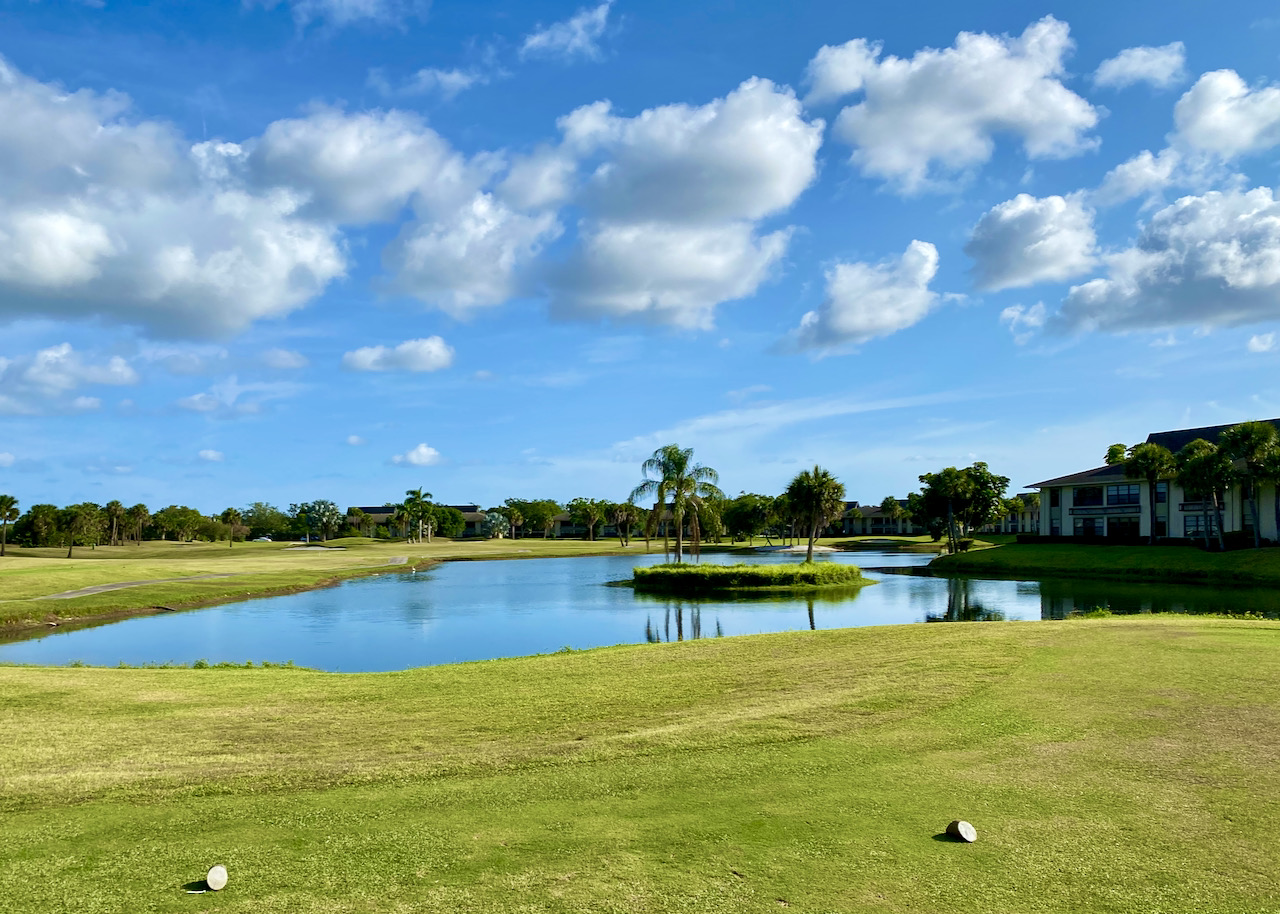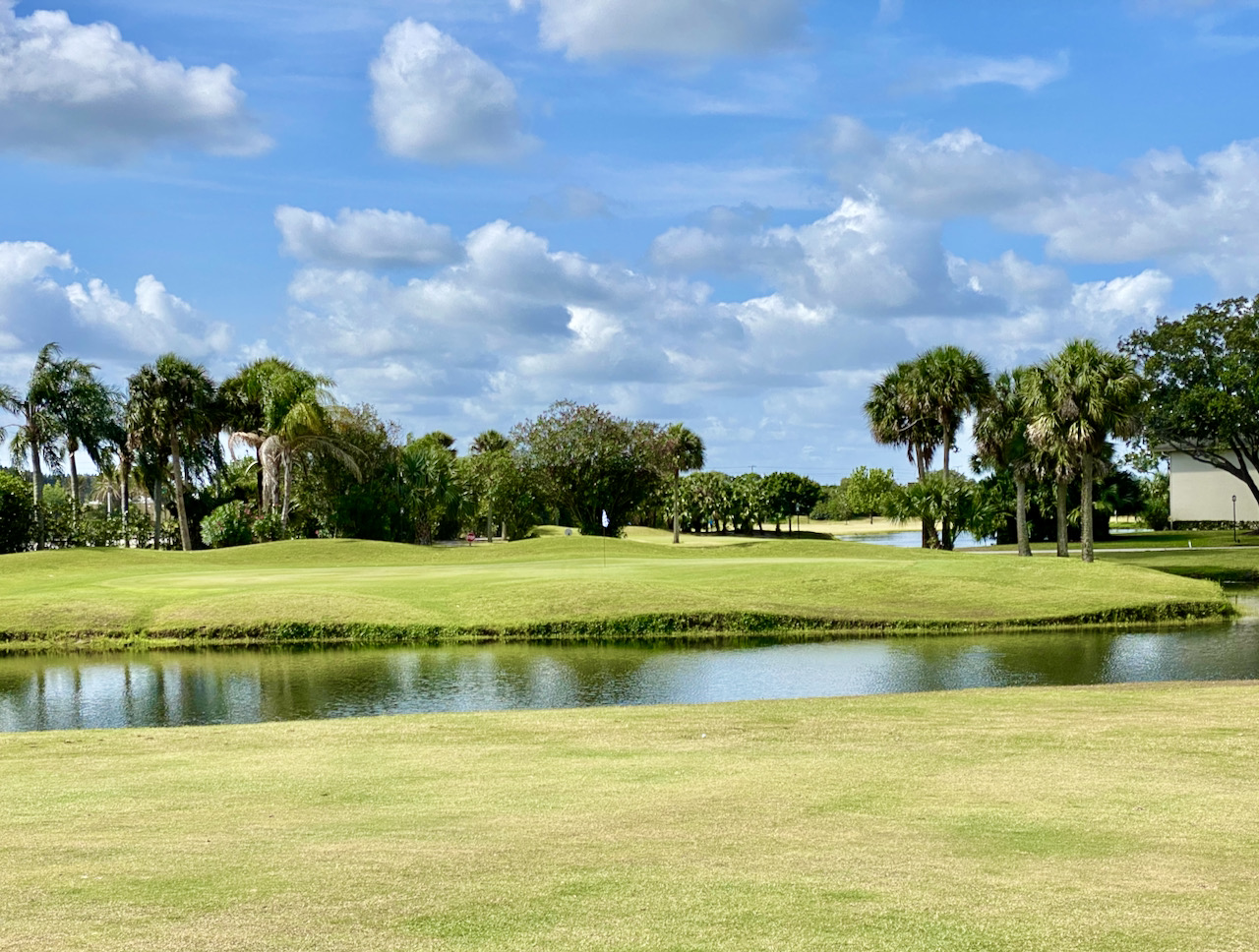The PGA Championship was an eye opener for more reasons than a 50-year-old’s victory, which was thrilling and gratifying for senior golfers everywhere. But what was more compelling, at least for this senior, was the Ocean Course’s approach to bunker play: Permission to ground your club behind the ball in every bunker, not just waste bunkers, and to take practice swings that, heaven forfend, disturbed a bit of sand. The whole world was watching. Now that is progress!
I am a member at the semi-private Pawleys Plantation Golf Club in Pawleys Island, SC, where the Greens Committee two years ago made an important concession that has enthused members and surprised – pleasantly – our many visiting golfers. Quick aside: Jack Nicklaus designed the course in 1988 and, to be blunt, he was sand crazy at the time. He admitted as much at the club’s 30th Anniversary celebration a couple of years ago and suggested the club spend some money (hint hint, with Nicklaus Design happy to do the work) to eliminate acres of sand. After all, does a bunker at greenside really need to start just 40 yards from the tee box on a par 4 or even 200 yards from it on a par 5? That does not add to the challenge, just to the cost of maintenance.
The concession the Greens Committee made was to designate all bunkers beyond greenside as waste bunkers, therefore permitting the grounding of clubs and practice swings everywhere else. The club defines the boundary between waste and regular (greenside) bunkers with two blue stakes; anything on the green side of the line between the stakes is considered a standard bunker, no grounding permitted; anything beyond is waste.
After watching play at the Ocean Course, my son Tim made a thoughtful argument at GolfPass recently for reforming the bunker rule. You can read his piece here. One thing I would add is that there is nothing more annoying than landing in a footprint in a greenside bunker. My ball always seems to find the heelprint of some heel who doesn’t know how to use a rake. I’d like to see a new rule about that.
* Click here for the rule.


























